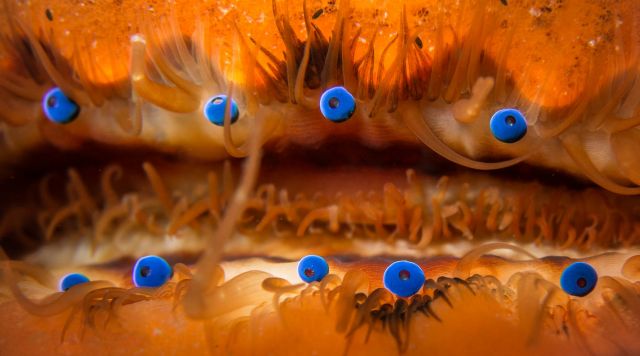The New York Times, December 7, 2017
When you drive toward an intersection, the sight of the light turning red will (or should) make you step on the brake. This action happens thanks to a chain of events inside your head.
Your eyes relay signals to the visual centers in the back of your brain. After those signals get processed, they travel along a pathway to another region, the premotor cortex, where the brain plans movements.
Now, imagine that you had a device implanted in your brain that could shortcut the pathway and “inject” information straight into your premotor cortex.
Continue reading “Scientists ‘Inject’ Information Into Monkeys’ Brains”

